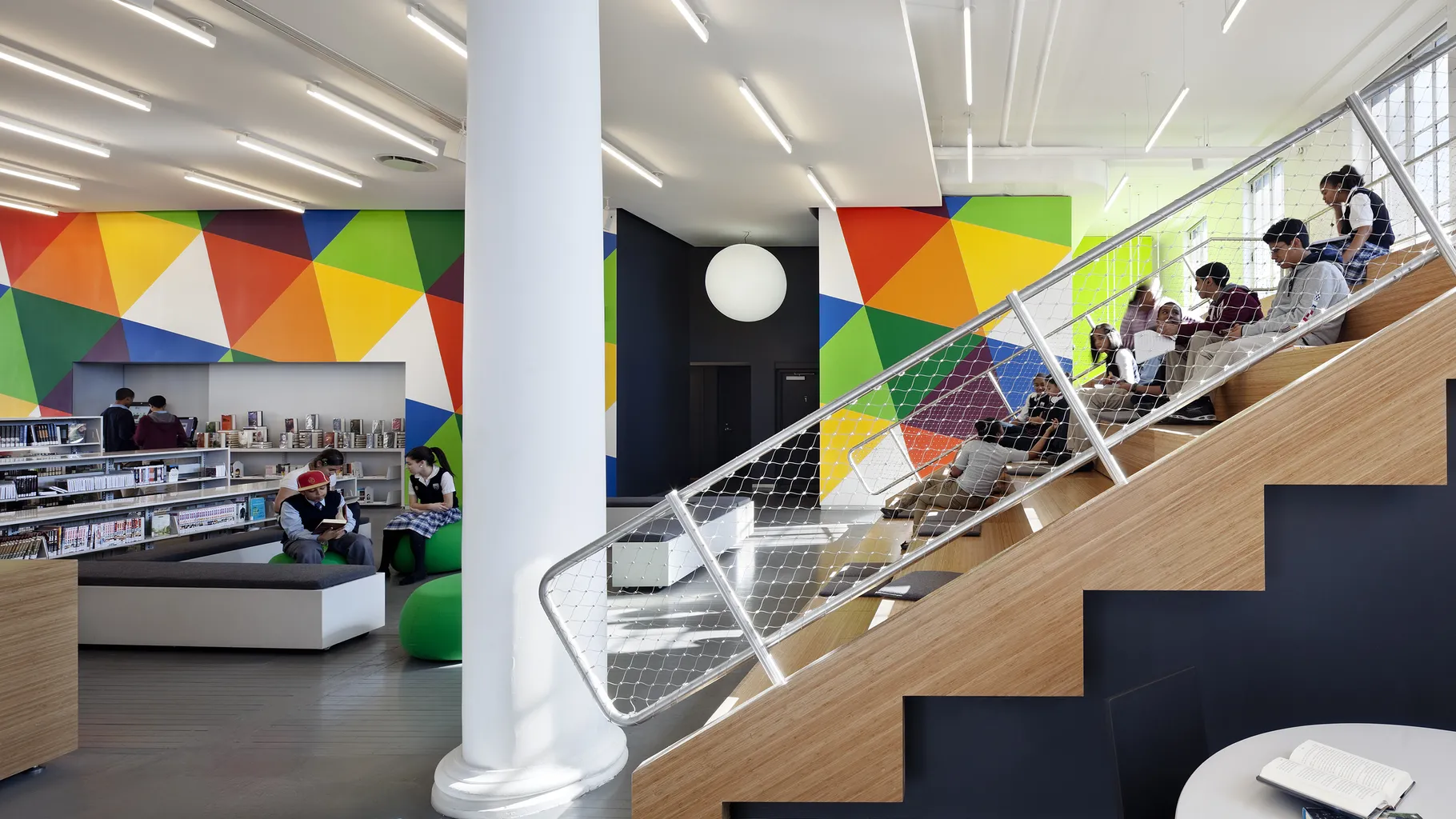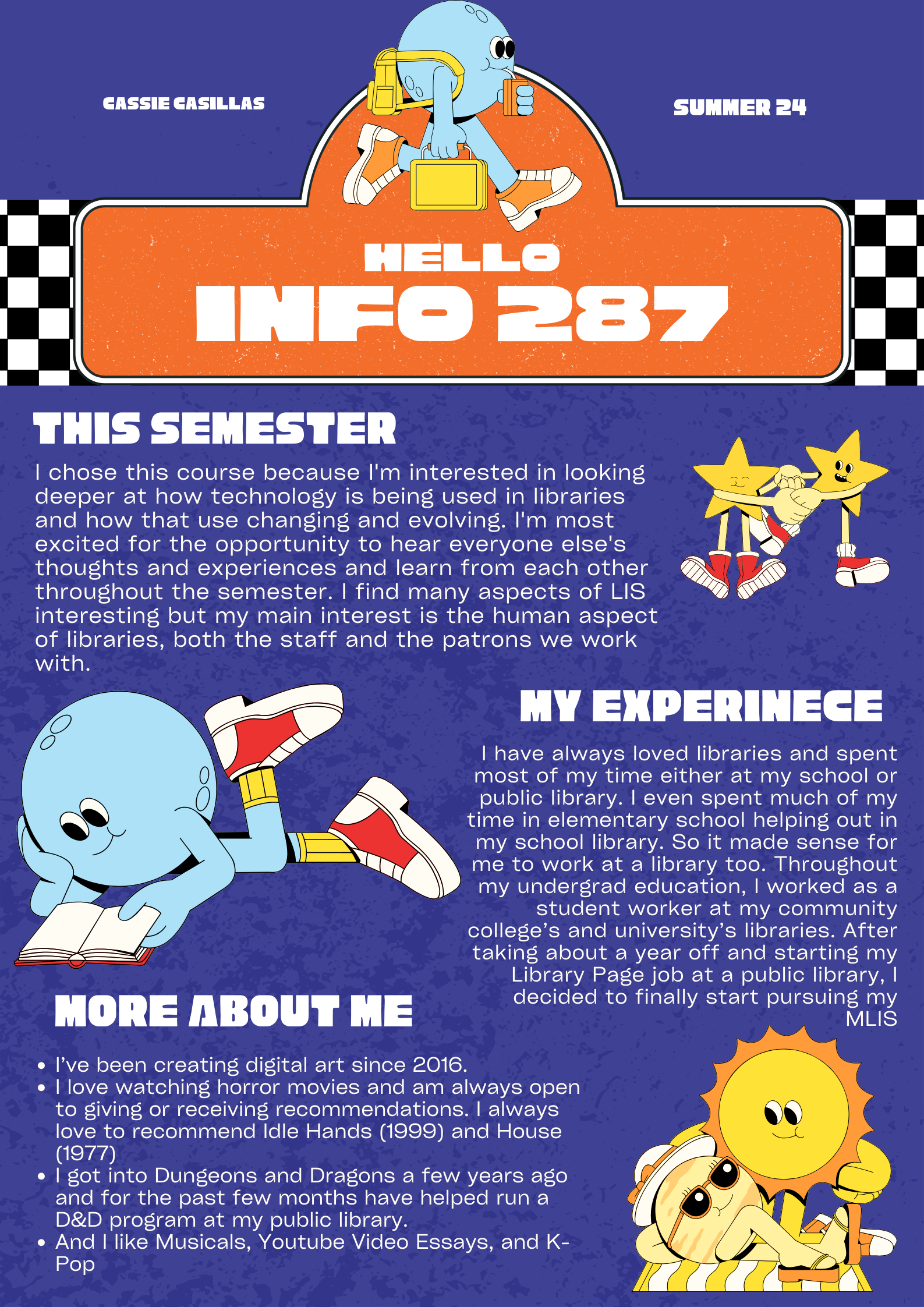Many of the topics in this module lead me back to how libraries build community and welcome people. Much of my ideas about library service are filtered through the lens of the public library I work at, which is also the library I grew up with.
Lauersen’s (2018) discussion of the difference between inclusion and diversity reminded me of the questions I’ve been having about the teen services we provide. As I mentioned in a previous post, I’ve noticed how many of our teen services feel like an afterthought of our adult or children services and don’t seem made to actually incentivize teens to come to the library. I also wonder, as with most of our programming, what feedback the library receives from teen patrons to decide what is offered to them. It’s also made me wonder what kind of actionable steps we can start making to shift towards inclusion.
I also appreciated the points Klinker (2020) brought up growing collections that cater to a variety of readers. It made me appreciate how expansive our collection is and how it continues to grow. My library not only has a wide collection of large print books, adult and children’s books in a variety of languages, and a variety of digital and physical media. but is also offering new and expanding collections of children’s, YA, and adult graphic novels and manga, Nintendo Switch games, and more. This collection is a reflection of the staff I see that want to accommodate and welcome the community around us.
I’ve gotten to see the community libraries build firsthand and how the patrons we help support the library back. Garcia-Febo’s (2018) comment about embedding “Humanity, compassion, empathy, awareness, and understanding into our library services” resonated with me. I strongly believe the driving force of the library is the fight for compassion. Schmidt’s (2015) point about asking the right questions led me to think about what comes after. Asking what patrons want isn’t enough but neither is asking the right questions. I think the most critical part is listening to what they say and doing something about it. Specifically listening to both the patrons and the library staff. I’ve seen the library make many choices that neither the patrons nor the staff were happy about or asked for. I think the main way forward that I’ve gleaned from both the module and my own experiences is working together. Starting these discussions within the library and amongst the community and encouraging people to push for the changes they want to see. The power in community.
References
Klinker, J. (2020). The healing power of books: Using reading to address social and emotional needs . Gale blog: Library & educator news. https://blog.gale.com/the-healing-power-of-books/
Lauersen, C. (2018, June 7). Do you want to dance? inclusion and belonging in libraries and beyond. The Library Lab. https://christianlauersen.net/2018/06/07/inclusion-and-belonging-in-libraries-and-beyond/
Garcia-Febo, L. (2018, October 29). Serving with love. American Libraries Magazine. https://americanlibrariesmagazine.org/2018/11/01/serving-with-love/
Schmidt, A. (2016, May 1). Asking the right questions. Library Journal, 141(8), 22. https://link-gale-com.libaccess.sjlibrary.org/apps/doc/A450998802/AONE?u=csusj&sid=bookmark-AONE&xid=b7dabb9d



